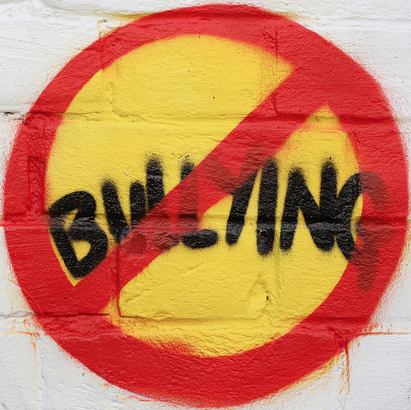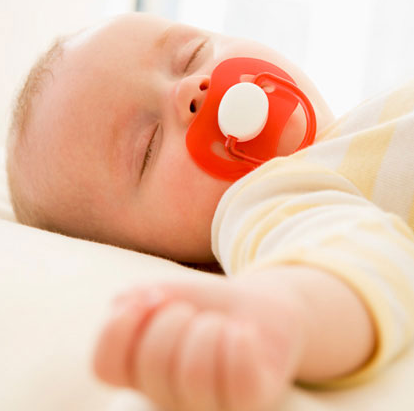When I was growing up, we had mean kids on the playground, some of whom would meet contemporary definitions of bullies. They were the kids who stole lunch money. They were the kids who offered to play on the teeter totter with the smallest kid in class, only to strand the child at the top, wiggling those twig-like legs and crying. And, the mean girls of junior high are certainly nothing new.
As a pediatrician and mother, I hear people use the term bully a lot. I see kindergarteners so afraid of what goes on in the girls’ bathroom that they withhold pee and start having accidents after years of staying dry. I see kids who run home at full-speed, hoping to get in the door before they are jumped by a crowd of hormone-hyped teens. I see kids who – after being harassed for months – lurk in the shadows at school plotting their revenge on either themselves or those who’ve hurt them.
Since October is national Bullying Prevention month, I thought this might be a good time to discuss bullying – what it is, what it isn’t, how to teach our children kindness and resilience, and to take a look at a few of the resources out there for youth, parents, and teachers about preventing and reporting bullying.
What is bullying?
We’ve become a society that’s quick to apply labels. My kids have learned about bullies through storybooks and the elementary school experience. They are quick to say they were bullied any time someone is mean to them. I’m not saying that bullying isn’t a serious problem. It certainly is. But bullying is more than just being mean. Bullying involves the intent to willfully and repeatedly cause harm, creating a sense of terror and self-loathing in its victims. It’s like the difference between teasing and taunting. When we tease, it’s lighthearted and innocent. If the person we’re teasing is upset, we stop. Taunting, however, is intentionally humiliating. It tends to become incrementally worse as the victim gets upset.
Apps: Encouraging confidence or revenge?
With Google and the App Store at my fingertips, I took a look at some of the resources available to teach children and caregivers about bullying. What I found at the App Store was alarming: app after app in which the bullied gets revenge. In some, like Playground Bully – No Mercy in the Park, the player becomes the bully by throwing anything from baseballs to grenades and cockroaches around the playground. You can play a wack-a-mole-like game with a bully’s head in Bully Busters Revenge. You can take the Ultimate Slingshot challenge, pelting rocks at athletes, bullies, popular kids, etc. Revenge is the wrong message to be sending kids.
If you’re interested in making the most of your child’s screen-time and think it’s a good way for them to learn, there are a handful of apps out there that teach our kids to identify bullying, and how to ask for help. The Beat THAT Bully app contains a series of videos that teach self-affirming visualizations. Cute cyber-monsters teach kids about cyber-bullying and encourage kindness in Bully Stoppers. Bully 911 is an award-winning app that teaches children the fundamentals of self-defense and addresses the challenges of coping with school bullies. I’m also looking forward to using Kindr, an app that helps you craft and send affirming messages to your friends’ smartphones and tablets. While killing em with kindness might not keep lunch money in your kid’s pocket, it just might teach them to see the good in themselves and others, to name and encourage it. What if the whole world were just a little Kindr every day?
Bully-proofing
We can teach our children to be bully-proof. According to Barbara Coloroso, author of The Bully, the Bullied, and the Bystander, while we can’t eliminate bullies altogether, we can buffer their effects.
Self-esteem is huge here: the better our children feel about themselves, the less likely they are to succumb to bullying. Self-esteem and resilience go hand in hand. Resilient kids are like rubber balls that bounce from surface to surface without losing their shapes. These are the kids who fall down and get back up again, who fail and try again. Their feelings may be hurt by others, but they know who they are, and aren’t afraid to ask for help when they need it.







